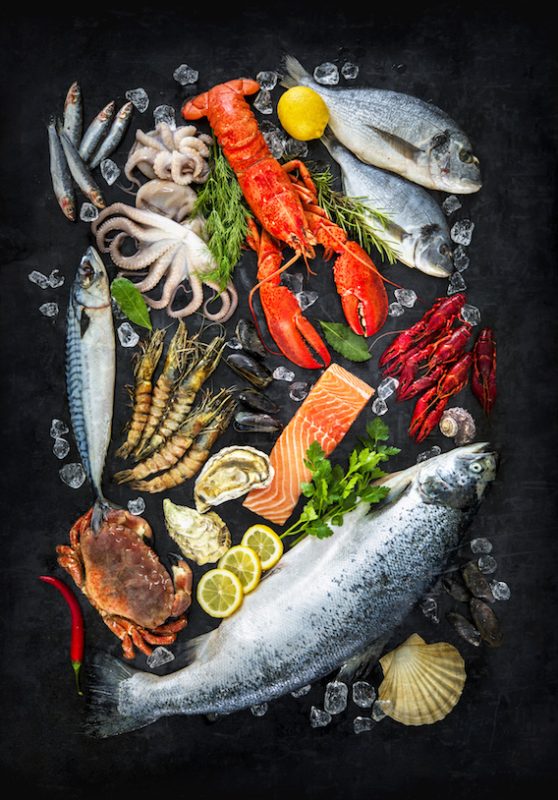A solid year for Canada’s seafood farmers
Over 40 First Nation and Indigenous communities are now directly or indirectly involved in farming seafood in Canada.
Canada’s seafood farmers produced a solid year of sustainable growth and new jobs in 2016 according to a new report released today by the Canadian Aquaculture Industry Alliance (CAIA). The report, Sustainable, Diverse and Growing – The State of Farmed Seafood in Canada 2017, shows revenues reached $1.35 billion in 2016, and included an economic impact of $5.1 billion, jobs totalling 25,040, and Indigenous participation across the nation.
“Canada’s seafood farmers have much to be proud of in 2017. They are producing the highest quality farmed seafood, they are creating year-round jobs, and they are opening new opportunities for local Indigenous communities,” said Timothy Kennedy, Executive Director of CAIA in releasing the report.
“Farmed seafood in Canada is sustainable, diverse and growing. We are playing a leadership role on environmental stewardship and creating high value middle class jobs. We are excited by the future opportunities.”
The encouraging outlook is based on the latest Statistics Canada data. Highlights from the report include:
Solid Production, Revenues & Exports in 2016
Revenues in 2016 of $1.347 billion, up from $918 million in 2015.
2016 farmed seafood production was 200,565 tonnes – up from 190,111 in 2015.
Canada’s aquaculture exports in 2016 were valued at a record $1 billion.
Significant Economic Benefits to Canadians
In 2016, Canadian farmed seafood production and processing generated a total of over $5.1 billion in economic activity, $2 billion in GDP, and $1.16 billion in wages for 25,000 Canadian workers. And much of these economic benefits occur at the local, community level in Canada.
Indigenous Participation
Over 40 First Nation and Indigenous communities are now directly or indirectly involved in farming seafood in Canada.
Indigenous participation in farmed seafood is found in nine of the ten Canadian provinces
Global Leadership on the Environment
Only 1% of Canada’s marine and freshwater area that is suitable for seafood farming is being used. And Canada has by far the lowest level of production per kilometre of coastline amongst our major competitors.
Canada today implements science-based practices that minimize stress, maintain a healthy aquatic environment, reduce disease risks, and prevent the spread of diseases when they do occur.
Overall, farmed seafood in Canada is a highly efficient source of food protein in terms of its environmental footprint (as measured by energy use, land use, and feed efficiency).
Finfish represents the largest component of the aquaculture sector, with 27 different species such as salmon, trout, and Arctic char commercially grown in all regions in Canada – in both marine and freshwater environments.
Shellfish is also an important part of the aquaculture sector on both coasts with 20 different species of shellfish cultured, such as mussels, oysters, clams and scallops.
“This report reconfirms that farmed seafood in Canada is an increasingly important food source, and that is why we support the Government of Canada’s leadership for a new federal Aquaculture Act,” added Mr. Kennedy.
“A new Act will enable a vibrant, responsible and sustainable farmed seafood sector in Canada for generations to come. It will hold us to account as we grow sustainably to meet future demand.”
According to the UN’s Food and Agriculture Organization aquaculture will account for two-thirds of the global food fish consumption by 2030.
